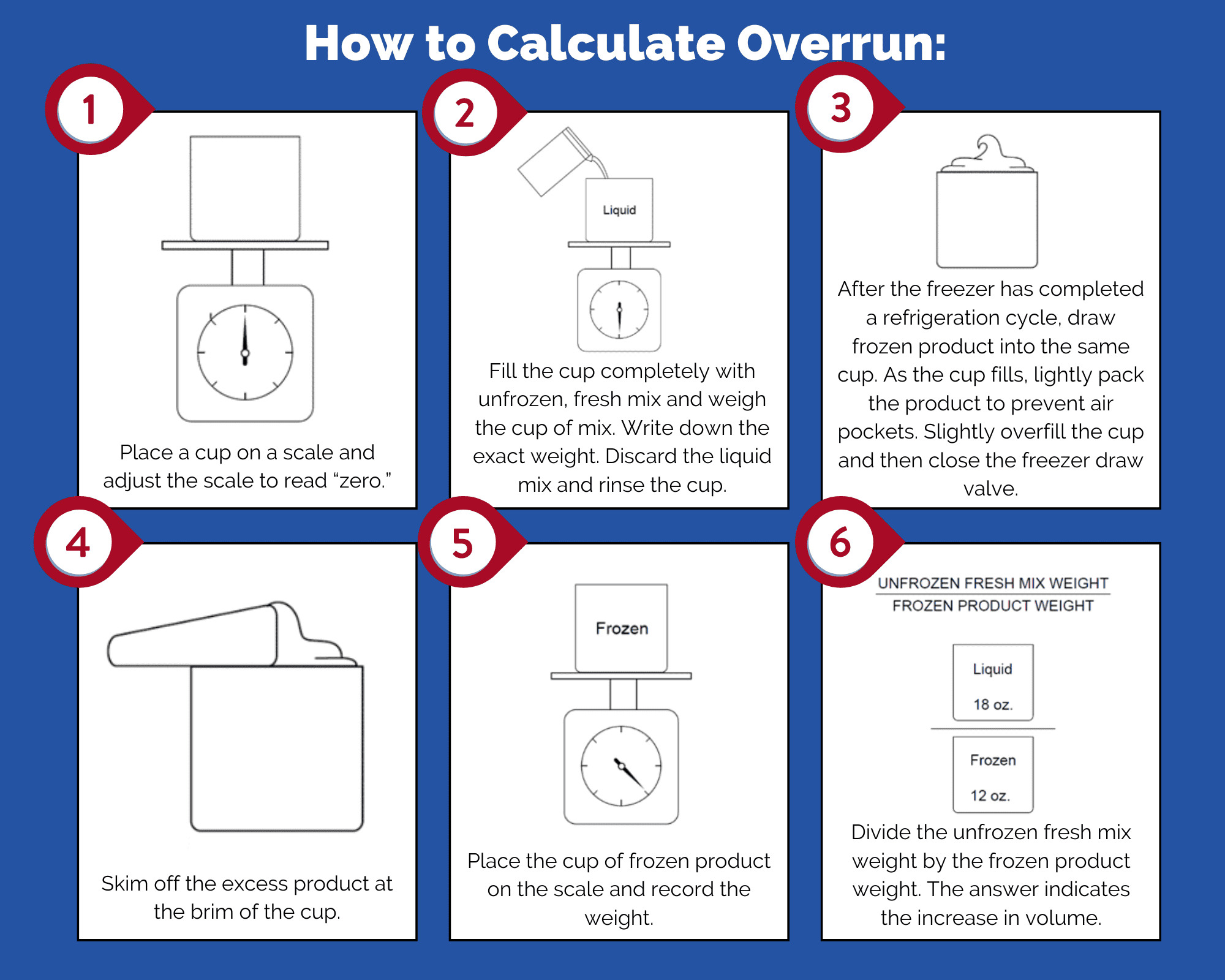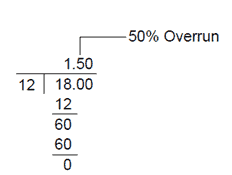The overrun refers to the ratio of air mixed into the product. When the mix is frozen, it is blended with air, causing it to absorb and increase in volume.
Measuring overrun is essential for maximizing yield and profitability, as it significantly impacts both. Additionally, overrun plays a crucial role in determining the texture and mouthfeel of your final product. It’s worth noting that different product styles require varying levels of overrun. Higher percentages of overrun produce a lighter, fluffier, and creamier texture that melts more quickly, making it an ideal choice for soft-serve items. You can visualize this by imagining a spoon easily carving through it. Conversely, lower percentages of overrun create a denser texture that melts more slowly, affecting your yield. This is the ideal choice for hard-packed hard-scoop ice cream made in a batch freezer, where a spoon will have a harder time carving through it. Another factor that plays a role in ice cream’s overrun is the type of equipment used in its production. Machines with pump-style mechanisms typically result in a higher overrun, while those with gravity-fed mechanisms tend to yield lower overrun percentages.
For example, if you start with 1 gallon of mix and end up with 1.5 gallons of frozen product, the mix volume has increased by 50%. This also means that the overrun is 50%.
Here is the simplest way to calculate overrun:


